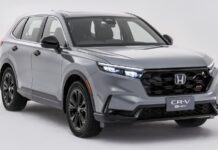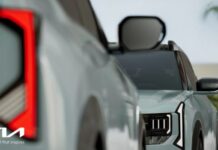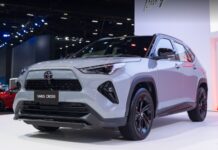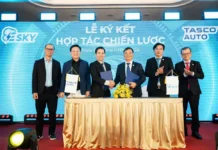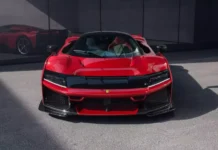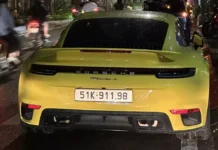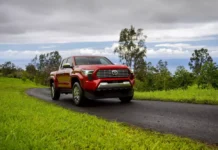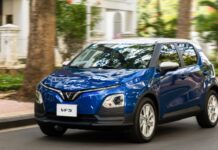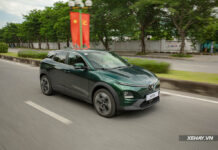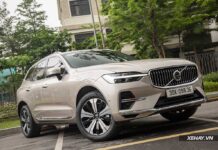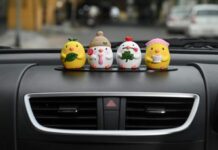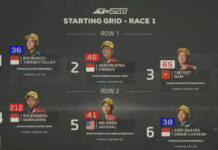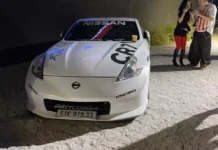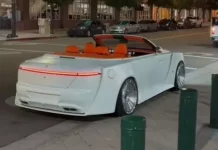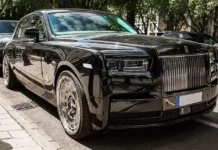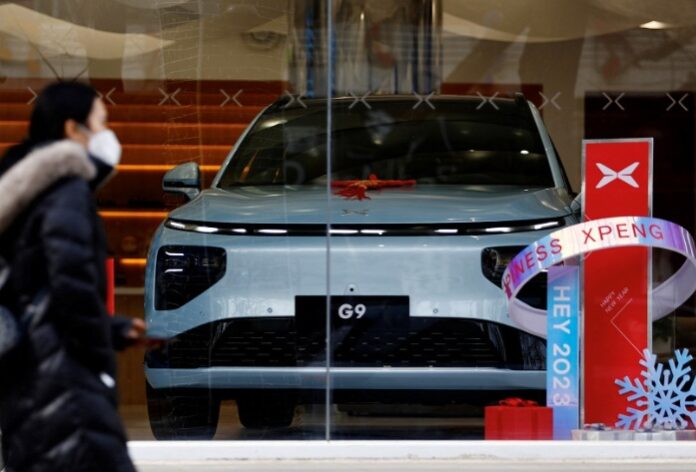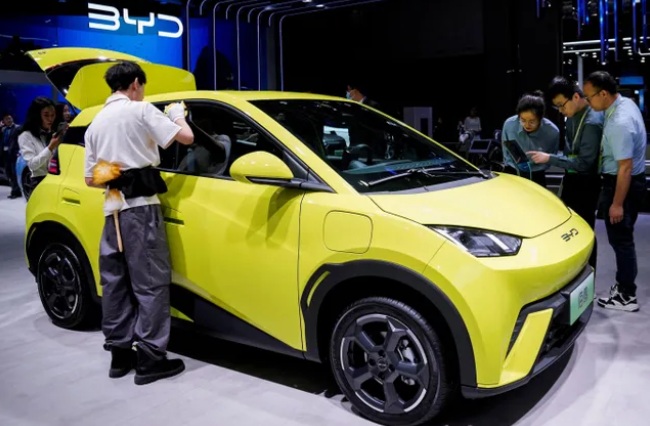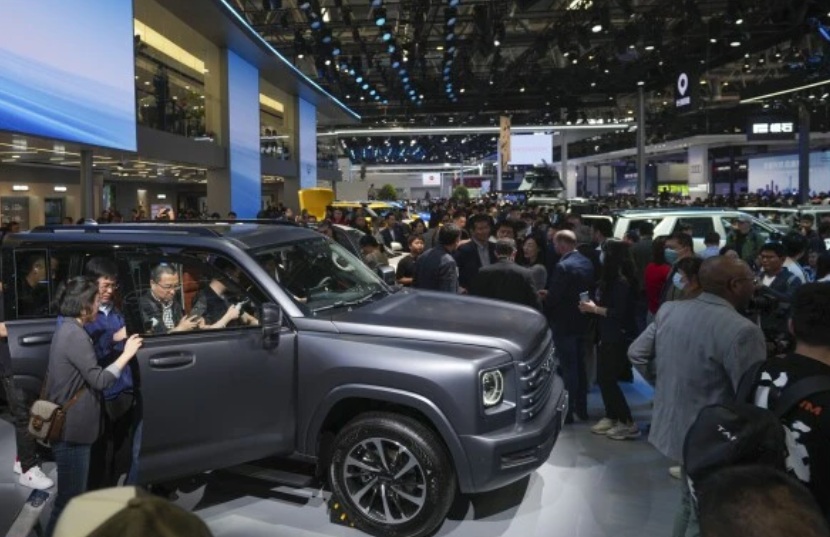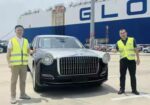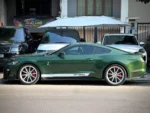China’s massive incentive program offering subsidies for trading in old cars for electric or fuel-efficient vehicles is currently on hold in several localities due to widespread abuse and fraud.
Although the support program was expected to last until the end of 2025, provinces such as Guangdong, Henan, and Zhejiang have temporarily halted its implementation, according to Dahe Daily and local sources.
This halt is mainly due to dealers and traders bulk-buying cars, registering them to qualify for subsidies, and then reselling them as used cars, even though the vehicles were barely used. This not only strains government budgets but also distorts the initial purpose of the policy.
In response to these irregularities, the Chinese government has launched a widespread investigation into practices exploiting the policy. The Ministry of Industry and Information Technology, along with two other agencies, summoned 17 major car brands to address the issue of “used but not actually operated” vehicles, which are suspected of being used for subsidy fraud.
According to Li Yanwei, a consultant at the China Automobile Dealers Association, many vehicles have been repeatedly transferred within a short period to maximize the benefits of the policy, even though they are not serving any practical purpose.
The “trade-in old cars for new ones” program is part of a large-scale consumer stimulus package aimed at boosting purchases in the post-pandemic era. According to the China Passenger Car Association (CPCA), about 70% of personal car transactions in May 2025 involved the use of these subsidies, a rate almost unchanged from April.
As of the end of May, over 4.1 million applications for subsidies had been submitted, indicating the massive scale of the program, according to data from China’s Ministry of Commerce.
The temporary suspension in multiple provinces is a cautious move to control budget risks and ensure transparency in implementing public policies. Since May, provinces like Jiangsu and Guangdong have tightened the verification process for used car transactions. By June, a complete halt was imposed in some areas to review applications and investigate irregular transactions.
This situation clearly indicates the Chinese government’s challenge in balancing the goals of stimulating domestic consumption and maintaining effective control over public finances. With the automotive industry already facing the repercussions of a prolonged price war, the exploitation of supportive policies could trigger negative market fluctuations.
TH (Tuoitrethudo)
The Extravagant Dubai Tycoon: A Peek into the World of Luxury with a $1.7 Million Hongqi Guoli Limousine Purchase
Stanislav Semenov, the enigmatic founder of Dubai-based quantitative trading firm, Eqvilent, has sparked intrigue with his recent order of an ultra-luxurious automobile: the Hongqi Guoli. This Chinese-made supercar has caught the attention of the industry, as Semenov is known for his discerning taste and appreciation for exquisite craftsmanship.
The Electric Vehicle Revolution in Vietnam: The Great Acceleration in H2 2025
The Vietnamese automotive market is poised for a pivotal shift in the latter half of 2025, with a projected surge in the popularity of electrified vehicles. This includes a diverse range of electric vehicles (EVs), plug-in hybrid electric vehicles (PHEVs), and hybrid electric vehicles (HEVs) that are set to revolutionize the industry.

